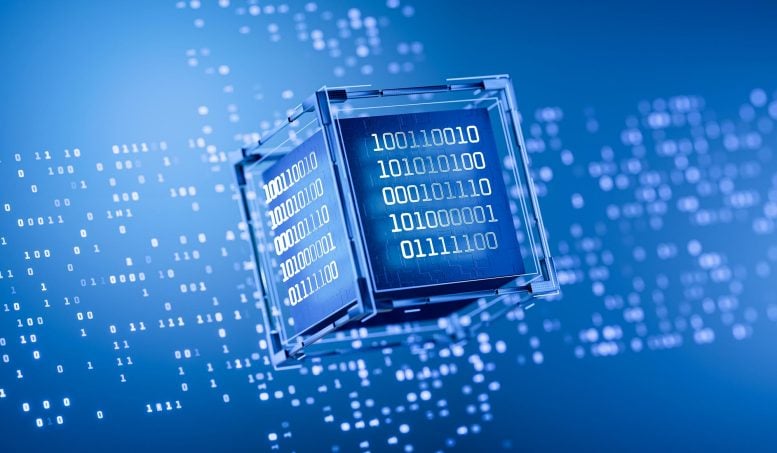
A new Swinburne study is addressing a core paradox: if quantum computing is solving problems that cannot be checked by conventional methods, how can we be certain the results are correct?
Quantum computing has the potential to tackle problems once thought unsolvable in areas including physics, medicine, and cryptography.
However, as efforts accelerate to build the first large-scale, error-free commercial quantum device, a major question emerges: how can we confirm that these seemingly impossible answers are actually correct?
A new Swinburne study is addressing this challenge.
The challenge of verifying the impossible
“There exists a range of problems that even the world’s fastest supercomputer cannot solve, unless one is willing to wait millions, or even billions, of years for an answer,” says lead author, Postdoctoral Research Fellow from Swinburne’s Centre for Quantum Science and Technology Theory, Alexander Dellios.
“Therefore, in order to validate quantum computers, methods are needed to compare theory and result without waiting years for a supercomputer to perform the same task.”
Developing a validation method for Gaussian Boson Samplers
Researchers at Swinburne created techniques to check the accuracy of outputs from a type of quantum computer known as a Gaussian Boson Sampler (GBS). This system uses photons, the particles of light, to generate probability calculations that would take thousands of years for the fastest classical supercomputers to complete.
“In just a few minutes on a laptop, the methods developed allow us to determine whether a GBS experiment is outputting the correct answer and what errors, if any, are present.”
To demonstrate the approach, the team evaluated a recent GBS experiment that would require at least 9,000 years to reproduce using current supercomputers. Their analysis showed that the GBS probability distribution did not match the intended target, revealing the presence of extra noise that had not been analyzed.
They must now pivot to finding out whether replicating the alternative distribution is a computationally hard task or if these errors caused the quantum computer to lose its ‘quantumness.’
Toward error-free quantum computing
The answer to this question will pave the way for error-free quantum computers available at a commercial level, which Dellios is hoping to be at the forefront of.
“Developing large-scale, error-free quantum computers is a herculean task that, if achieved, will revolutionize fields such as drug development, AI, cyber security, and allow us to deepen our understanding of the physical universe.
“A vital component of this task is scalable methods of validating quantum computers, which increase our understanding of what errors are affecting these systems and how to correct for them, ensuring they retain their ‘quantumness’.”
Reference: “Validation tests of Gaussian boson samplers with photon-number resolving detectors” by Alexander S Dellios, Margaret D Reid and Peter D Drummond, 9 September 2025, Quantum Science and Technology.
DOI: 10.1088/2058-9565/adfe16
This research was partly funded through grants from NTT Phi Laboratories. This publication was made possible through the support of Grant 62843 from the John Templeton Foundation.
Never miss a breakthrough: Join the SciTechDaily newsletter.
Follow us on Google, Discover, and News.
